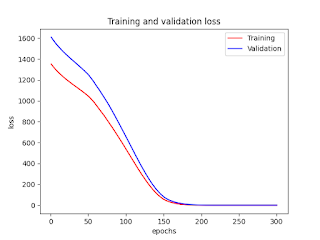- Despite their strong positive average returns across numerous asset classes, momentum strategies can experience infrequent and persistent strings of negative returns. These momentum crashes are partly forecastable. They occur in panic states, following market declines and when market volatility is high, and are contemporaneous with market rebounds.The low ex ante expected returns in panic states are consistent with a conditionally high premium attached to the option like payoffs of past losers. An implementable dynamic momentum strategy based on forecasts of momentum’s mean and variance approximately doubles the alpha and Sharpe ratio of a static momentum strategy and is not explained by other factors. These results are robust across multiple time periods, international equity markets, and other asset classes.
- A momentum strategy is a bet on past returns predicting the cross section of future returns, typically implemented by buying past winners and selling past losers.
- Momentum is pervasive: the academic literature shows the efficacy of momentum strategies across multiple time periods, in many markets, and in numerous asset classes.
- In a bear market, the loser portfolio implies that momentum strategies behave like written (=short) call options on the market; that is, when the market falls, they gain a little, but when the market rises, they lose much.
- In normal environments, consistent price momentum is both statistically and economically strong and manifest itself across numerous equity markets and a wide range of diverse asset classes.
- However, in panic states, following multi year market drawdowns and in periods of high market volatility, the prices of past losers embody a high premium. When poor marketconditions ameliorate and the market starts to rebound, the losers experience strong gains, resulting in a momentum crash as momentum strategies short these assets.
- We find that, in bear market states, and in particular when market volatility is high, the down-market betas of the past losers are low, but the up-market betas are very large. (like short call options) Consequently, the expected returns of the past losers are very high, and the momentum effect is reversed during these times.
- This feature does not apply equally to winners during good times, however, resulting in any asymmetry in the winner and loser exposure to market returns during extreme times.
- These crash periods are predictable. We use bear market indicators and ex ante volatility estimates to forecast the conditional mean and variance of momentum signals.
- What can explain these findings?
- Equity: a Merton '1974) story for the option-like payoffs of equities could make sense, but the existence of the same phenomena and option-like features for futures, bonds, currencies, and commodities makes this story more challenging.
- Alternatively, these effects can be loosely consistent with several behavioralfindings, in which in extreme situations individuals tend to be fearful and appear to focus on losses, largely ignoring probabilities.
Source
https://www.aqr.com/library/journal-articles/momentum-crashes


No comments:
Post a Comment